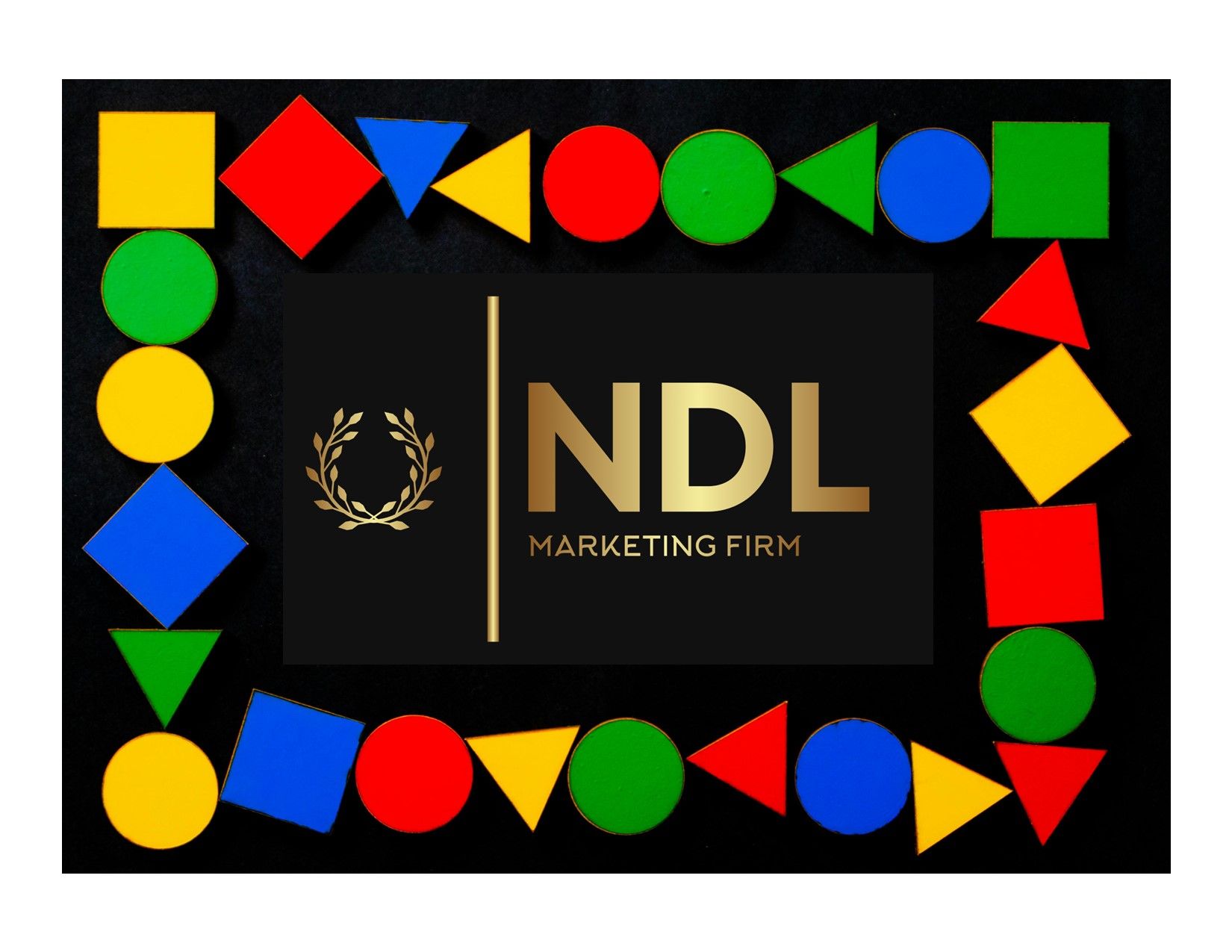3 Impactful Storytelling Paths to Advertise Your Business Effectively Online
Three Storytelling Paths to Advertise Your Business Effectively

In marketing, storytelling is a powerful tool to connect with your audience, create memorable impressions, and differentiate your brand from the competition. How you tell your story can significantly impact how your customers perceive your business and whether they engage with your brand. Here are three compelling storytelling paths to consider when advertising your business:
1. You Are First to Market: Pioneering Innovation
Being the first to market gives your business a unique advantage: offering something no one else has. This narrative positions your brand as a pioneer, an innovator, and a trendsetter. Emphasize the novelty and exclusivity of your product or service. Highlight the unique benefits only your business can provide and tell the story of how your innovation solves a problem or fulfills a need that customers didn’t even know they had.
For instance, imagine you’ve developed a revolutionary new kitchen gadget. Your story could focus on the challenges people face in the kitchen and how your product provides a seamless, unique solution that no other tool offers. Share the innovation journey, from the initial idea to development and launch, showcasing the expertise and passion behind your brand. This approach establishes your brand as a market leader and fosters a sense of urgency and exclusivity, encouraging customers to be among the first to experience your groundbreaking offering.
Key Points to Emphasize:
- Highlight the unique features of your product or service.
- Position your business as a trailblazer in your industry.
- Create a sense of urgency and exclusivity around your offering.
2. You Are the Best of the Top 5%: Excellence and Quality
If your business stands out among the top 5% of your industry, your story should center around quality, excellence, and unmatched performance. This path is about establishing trust and credibility by demonstrating that your business consistently outperforms the competition.
Share the story of your commitment to excellence—how you go above and beyond to ensure that your products or services are of the highest quality. You could highlight customer testimonials, industry awards, or specific metrics that showcase your superior performance. For example, if you run a luxury car dealership, your story could focus on the meticulous selection process for each vehicle, the exceptional customer service experience, and the expert knowledge that sets your dealership apart.
This narrative reassures potential customers of the quality they can expect and builds a prestigious brand image. It’s about being the best and making sure everyone knows it.
Key Points to Emphasize:
- Showcase customer testimonials and industry recognition.
- Highlight specific metrics or accolades that demonstrate your excellence.
- Build a narrative around trust, reliability, and superior quality.
3. Share Your Brand Through Emotions: A Journey of Feelings
Emotional storytelling goes beyond traditional advertising by creating a deep and personal connection with your audience. Rather than focusing solely on happy or sad emotions, consider crafting a narrative that takes your audience on an emotional journey, exploring a range of feelings such as excitement, nostalgia, pride, and empathy.
For instance, if you’re a travel agency, your story could start with the excitement and anticipation of planning a trip, move through the joy and wonder of exploring new places, touch on the challenges and triumphs of navigating unfamiliar environments, and conclude with the satisfaction and nostalgia of returning home with unforgettable memories. By weaving multiple emotions into your story, you create a more relatable and engaging experience for your audience.
This approach allows your brand to resonate deeper, as customers see themselves in the stories you tell. It’s not just about selling a product or service; it’s about connecting with your audience’s hopes, dreams, and experiences, creating a lasting emotional bond.
Key Points to Emphasize:
- Craft a narrative that includes a range of emotions.
- Use storytelling to connect with your audience’s personal experiences.
- Focus on creating a memorable and engaging experience through emotion.
Conclusion
Choosing the right storytelling path can significantly affect how your business is perceived and how effectively you engage with your audience. Whether positioning yourself as a market pioneer, showcasing your excellence among the top 5%, or crafting a rich, emotional narrative, the key is to be authentic and consistent in your messaging. By leveraging these three storytelling paths, you can create compelling content that captures attention and builds a robust, lasting relationship with your customers.
(253) 985-5403
Jon@ndlmarketingfirm.com
www.ndlmarketingfirm.com
Follow us on Facebook, YouTube, and LinkedIn.



